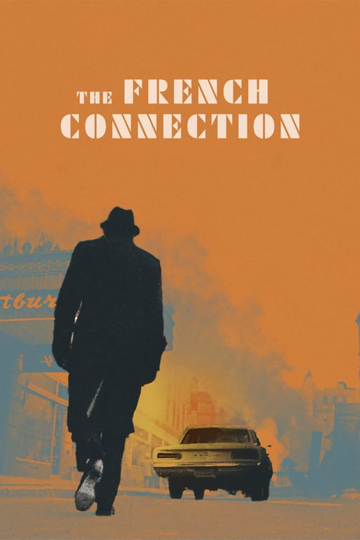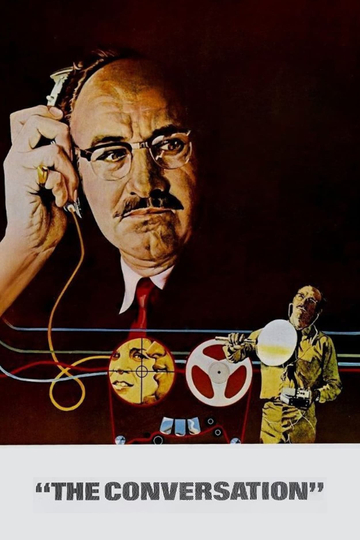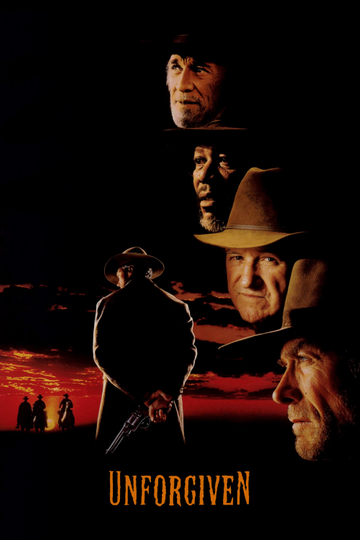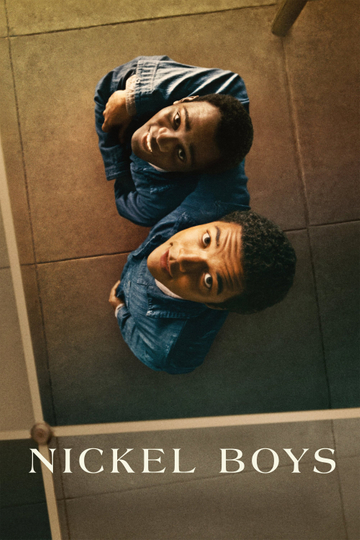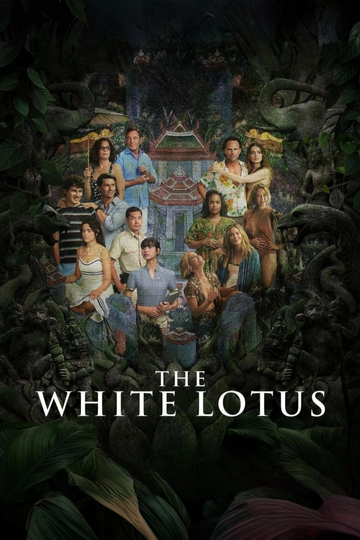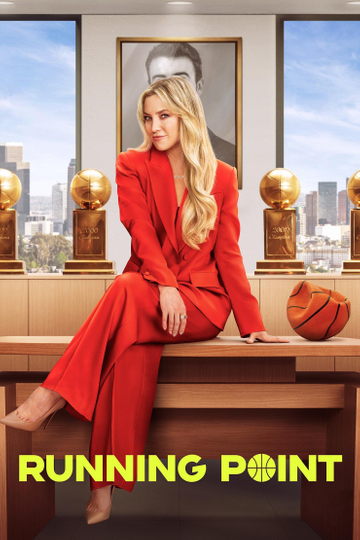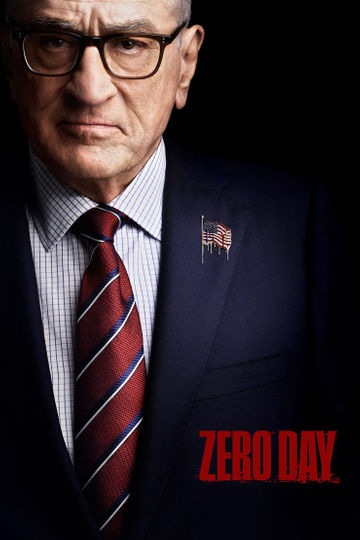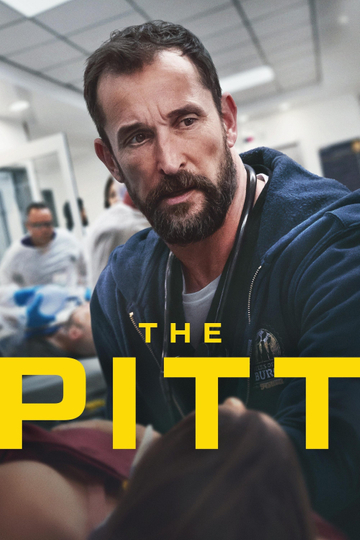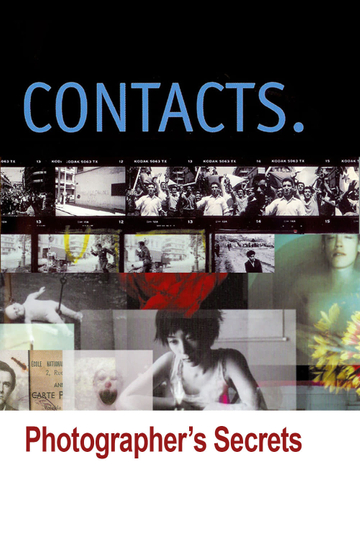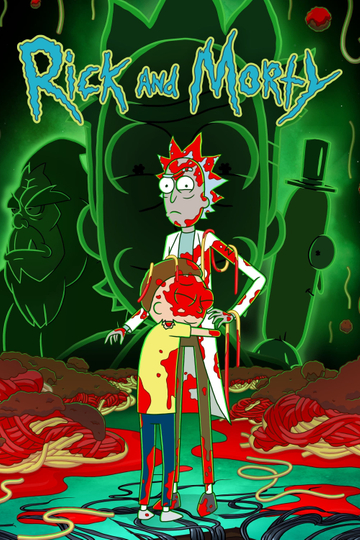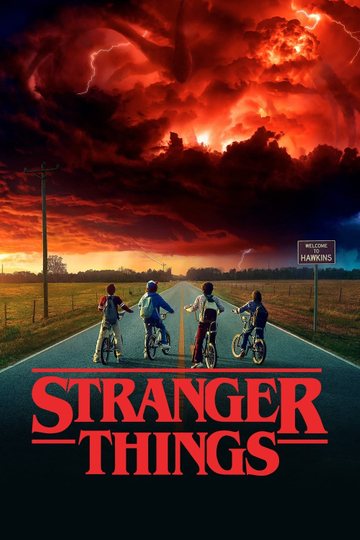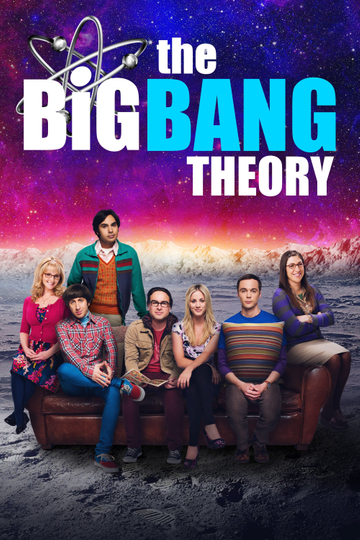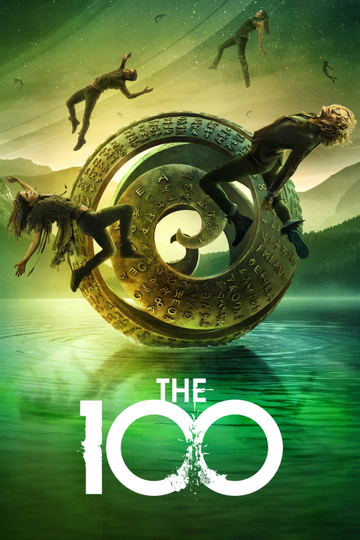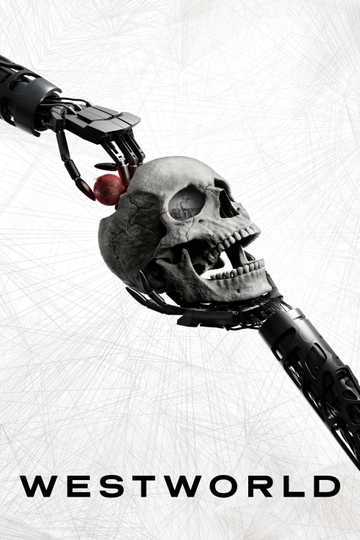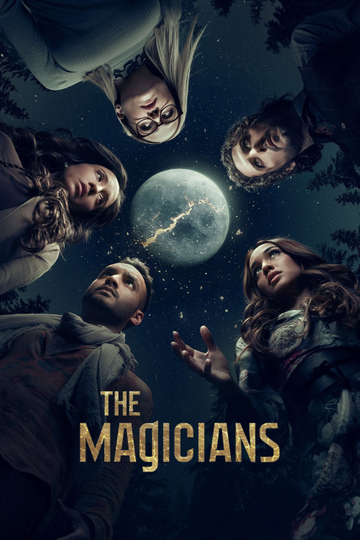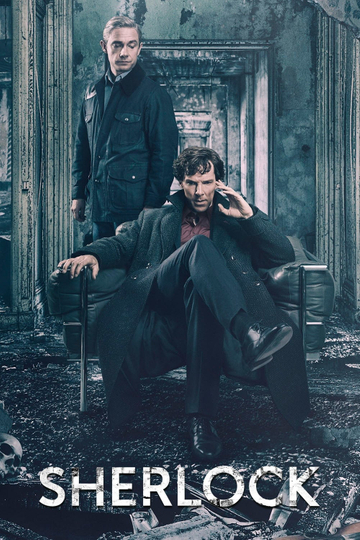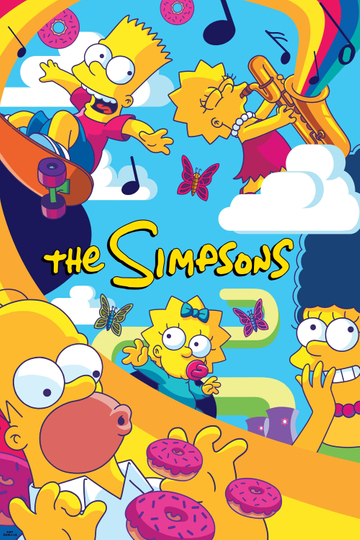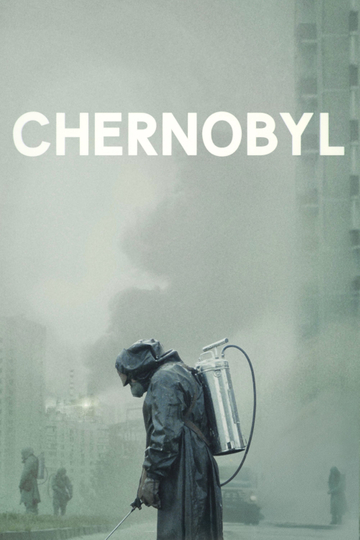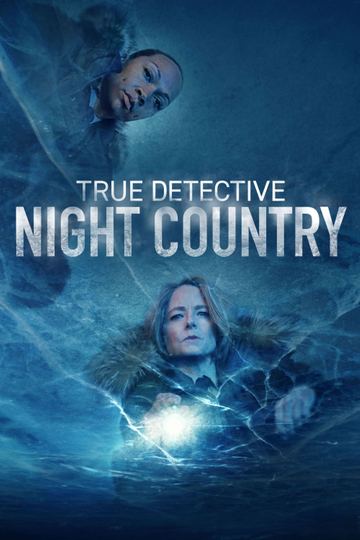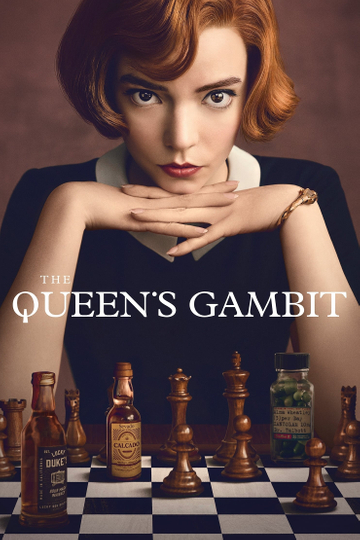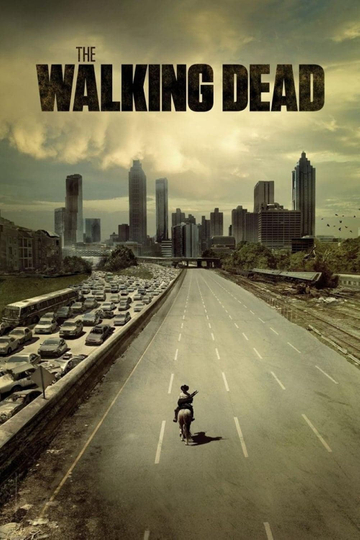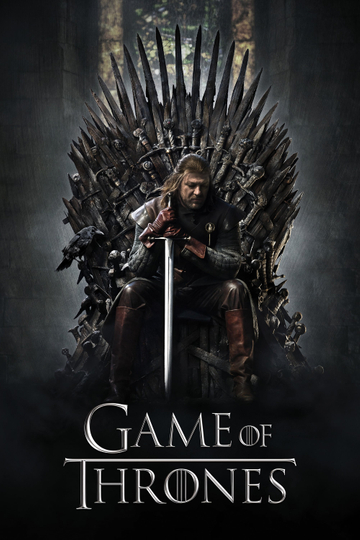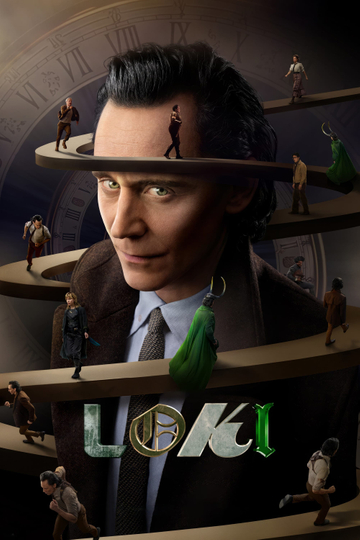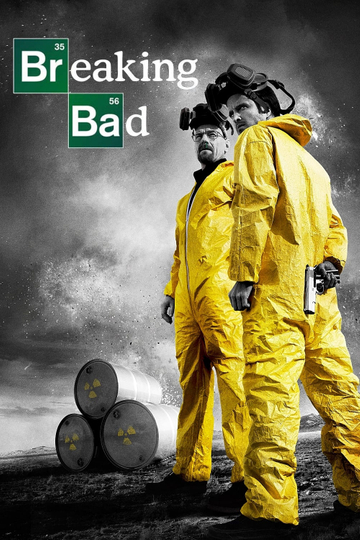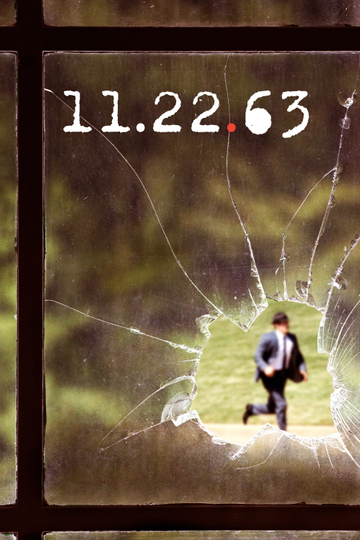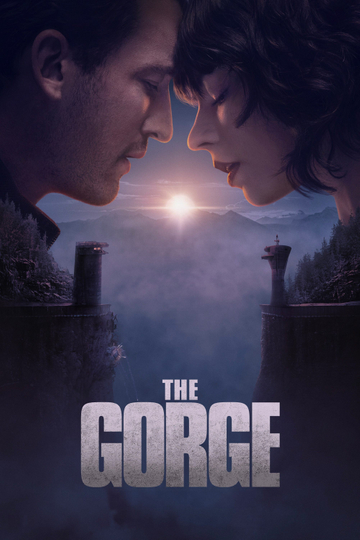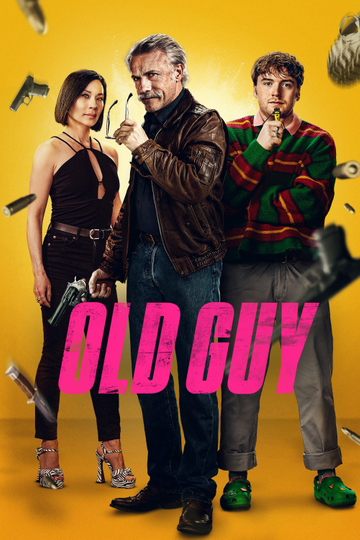Contacts, Vol. 1: The Great Tradition of Photojournalism Episodes
1. Henri Cartier-Bresson
Cartier-Bresson's talent obliterated the boundary between art and documentary photography. He was one of the founders of the Magnum agency, which turned photo-journalism into an art form, recording the great historical conflicts and documenting the social, political and private spheres of human existence.
2. William Klein
William Klein has always refused to obey the rules. His consistently experimental work as a painter, film-maker, graphic artist and fashion photographer jolts us out of our cosy viewing habits. Klein uses the camera lens to set up a confrontational encounter with his subject. As Alain Jouffroy puts it, "For Klein, the act of photographing is physical as much as artistic. Photography should be like a shock of sensual, violent energy."
3. Raymond Depardon
Raymond Depardon rocked the foundations of documentary photography and photo-journalism by turning the photograph into a violent confrontation between reality and the subjectivity of the photographer. In 1966, Raymond Depardon co-founded the Gamma agency. He was soon to rock the foundations of documentary photography and photo-journalism by turning the photograph into a violent confrontation between reality and the subjectivity of the photographer. As he shows us his pictures of the asylum of San Clemente, Raymond Depardon talks about the photographer as curious bystander, as professional voyeur. These contact-sheets highlight the ambiguity of the role of the photographer, now and then turning out a good photograph - one you can look at without feeling ashamed.
4. Josef Koudelka
Famous chiefly for his photo-reportages of the events in Prague in 1968 and his pictures of the gypsies he lives with, Koudelka is a man who cannot stop looking. He refuses to talk about his strong, tragic pictures, saying "I'm a photographer: I'm no good at talking. If I've got something to say, that's what my photographs are there for."
5. Robert Doisneau
From the late 1930s onwards, the streets of Paris and its suburbs were Doisneau's favourite subject. His images of the Liberation of Paris in 1944 and his famous picture The Kiss (Baiser de l'Hôtel de Ville) have travelled all over the world. His contact-sheets - with humorous comments from Doisneau himself - add up to a chronicle of the twentieth century, a linear memoir of the photographer's time and place.
6. Édouard Boubat
A tireless traveller since the Fifties, quietly humorous and always on the look-out for precious moments, Édouard Boubat has done spreads for all the big photographic magazines. "I don't ask myself whether a photograph is good or bad. What's important is that there should be some kind of energy."
7. Elliott Erwitt
Magnum reporter Elliott Erwitt is a photographer with a sense of humour. He captures coincidences in a way that is totally unique. Dogs are his favourite target, and over the years they have become a metaphor for everything that is trivial, shouldering all the petty burdens of the world.
8. Marc Riboud
International newspaper photographer Marc Riboud has travelled the world and amassed forty years' worth of photographs, making a special study of India and China. But one of his most famous photographs is a picture taken in Washington in 1968, at a demonstration against the Vietnam War, of a girl holding up a flower in front of the guns.
9. Leonard Freed
As Leonard Freed sees it, being a professional photographer should be either fun or profitable - or an alternative to psychotherapy. End-prints have a life of their own, but contact-sheets are to look at and keep: Freed uses his contact-sheets to keep track of time.
10. Mario Giacomelli
Born in Italy in 1925. Taking pictures of hospices, earth-bound life and landscape in order to challenge time.
11. Helmut Newton
Born in Germany in 1920. Star photographer of European and American glossy magazines renouned for his provocative images of women and fashion.
12. Don McCullin
Born in Great Britain in 1935. His war photographs have laid a landmark in the international press.
